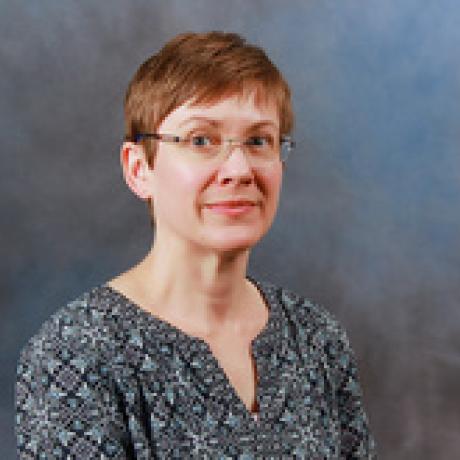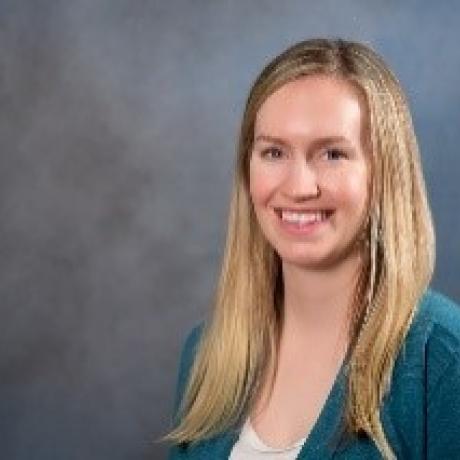Organization Contacts
Tricia Franklin
Tricia has served as Alaska's State Office Director and Flex Coordinator since 2018.

Cate Harmon
Cate has served as Alaska's SHIP Coordinator since 2019.

Anchorage, AK
United States
What is one Core Competency your state Flex Program is working on developing through Flex activities?
Selected Core Competency: Understanding Policies and Regulations
We are currently experiencing our first potential Critical Access Hospital (CAH) designation in the last 10 years. All of our State Office of Rural Health staff are new since the last designation occurred and we are digging deep into policies and regulations to understand the process of conversion.
What is one activity your state is funding through SHIP?
Many of our SHIP hospitals use their funds to pay for their HCAHPS (Hospital Consumer Assessment of Healthcare Providers and Systems) surveys, especially those with low inpatient volumes. There is a large variation in ICD-11 preparedness with some facilities unaware of the upcoming change to coding and others who are using their SHIP funds to do extensive training with their coding staff. The Alaska SHIP Program will continue to emphasize to hospitals the importance of this upcoming change and to encourage meaningful investments in readiness, especially concerning Z-codes as we think about how to best use our planned 1115 waiver.
| Type of Organization | State Government |
|---|---|
| Staffing (FTE) | 1.5 |
| Number of CAHs | 13 |
Tricia has served as Alaska's State Office Director and Flex Coordinator since 2018.

Cate has served as Alaska's SHIP Coordinator since 2019.
